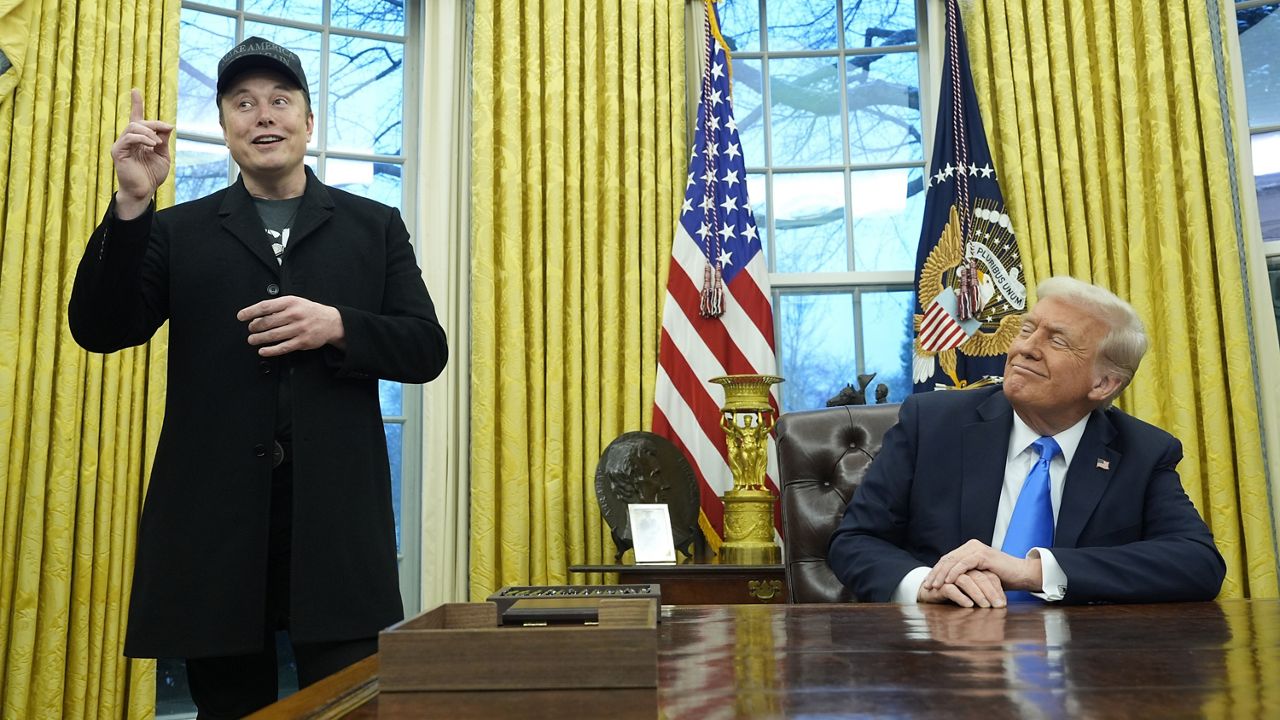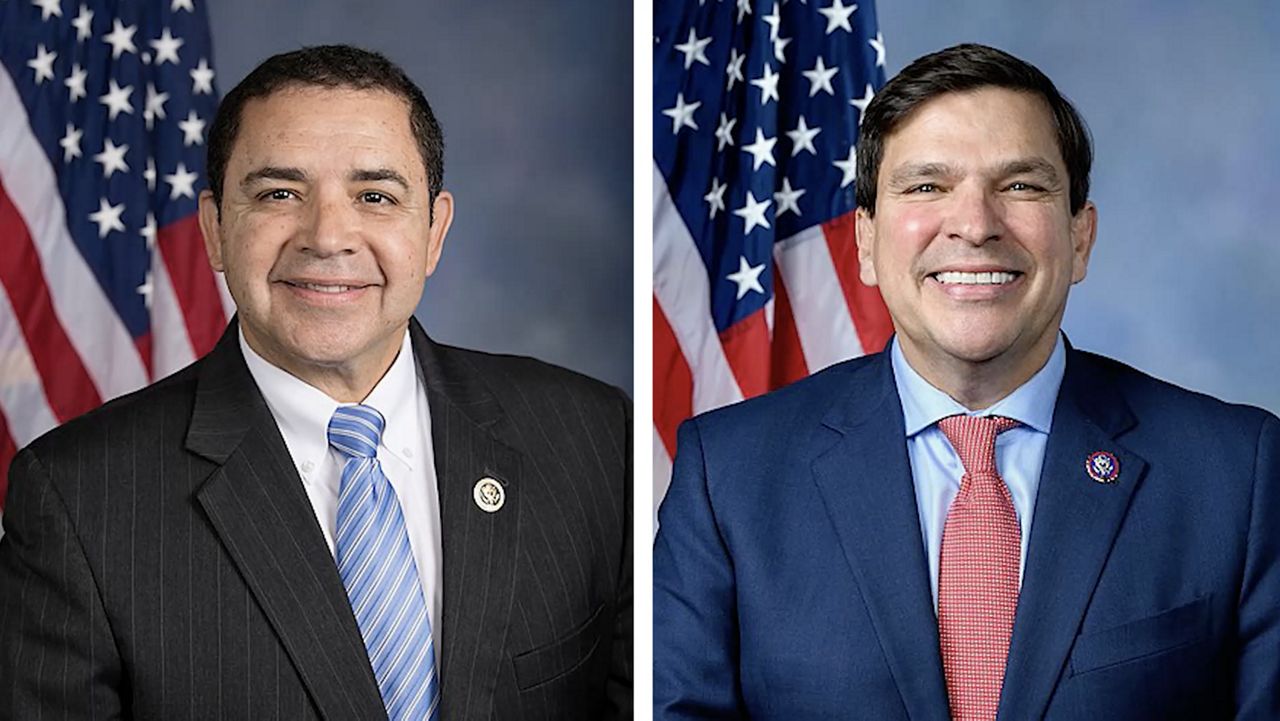WASHINGTON — In a major political turnaround, the U.S. House narrowly passed a budget plan that brought President Donald Trump’s goal of massive tax and spending cuts one step closer to reality. The House approval came only after more than a dozen hardline conservatives, some of them from Texas, dropped their opposition.
Earlier this week, Rep. Chip Roy, R-Austin, was a hard no on the tax and spending plan coming up for a House vote.
“The math still doesn’t math,” Roy told reporters on Capitol Hill, Thursday.
But something seemed to add up when Roy and other Republican holdouts changed their votes and allowed the House passage of the GOP-led budget plan on a near party-line vote.
“We now have three strong statements from the speaker, the president and the senate majority leader. We did not have those 48 hours ago,” Roy said.
The resistors had complained that the framework, which originated in the Senate, would not cut spending enough. But then House Speaker Mike Johnson, R-Louisiana, and Senate Majority Leader John Thune, R-South Dakota, publicly committed to seeking at least $1.5 trillion in spending reductions. That is exactly what the holdouts wanted.
“We have had unprecedented levels of commitment to reducing spending from both chambers and from the president, and most importantly for me, a commitment from the leadership of the House that we will not put a bill on the floor of our chamber that adds to the national debt, which is a deferred tax on our children,” said Rep. Jodey Arrington, R-Lubbock, who is a chairman of the House Budget Committee.
Last week, Arrington called the plan “unserious and disappointing.”
Rep. Keith Self, R-McKinney, had been another dissenter who said earlier this week, the Senate plan was “simply insufficient.”
But like others, Self changed his mind, writing on social media, “While this negotiation is a major win for conservatives — significant spending reductions are necessary to pay for President Trump’s historic tax cuts. There is still more heavy lifting to come.”
The legislation approved Thursday only sets the levels of tax and spending cuts. Republicans and the president now must agree on how to reach those targets—and that could be extremely difficult.
Democrats claim the plan gives tax cuts to people who do not need them at the expense of vital safety net programs, like Medicaid and food assistance programs.
“The plan is to make these massive cuts in the programs and then give the money over in tax cuts to the wealthiest Americans and the wealthiest corporations,” Rep. Joaquin Castro, D-San Antonio, said in a video posted on social media.






)




